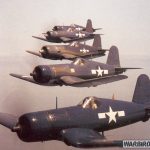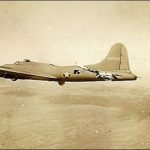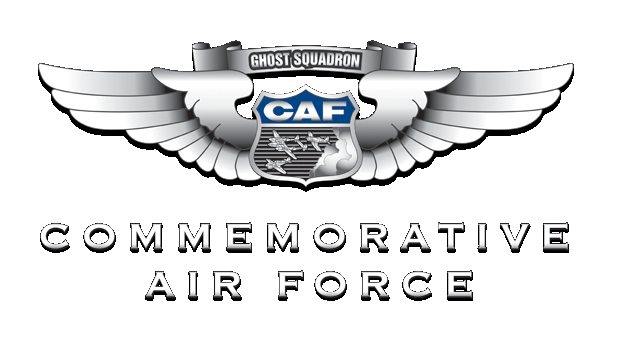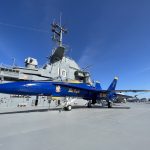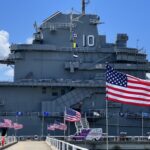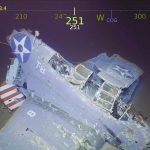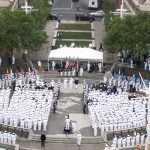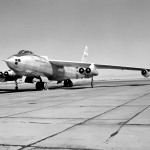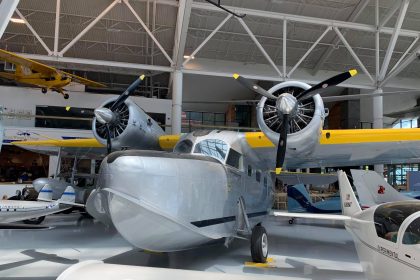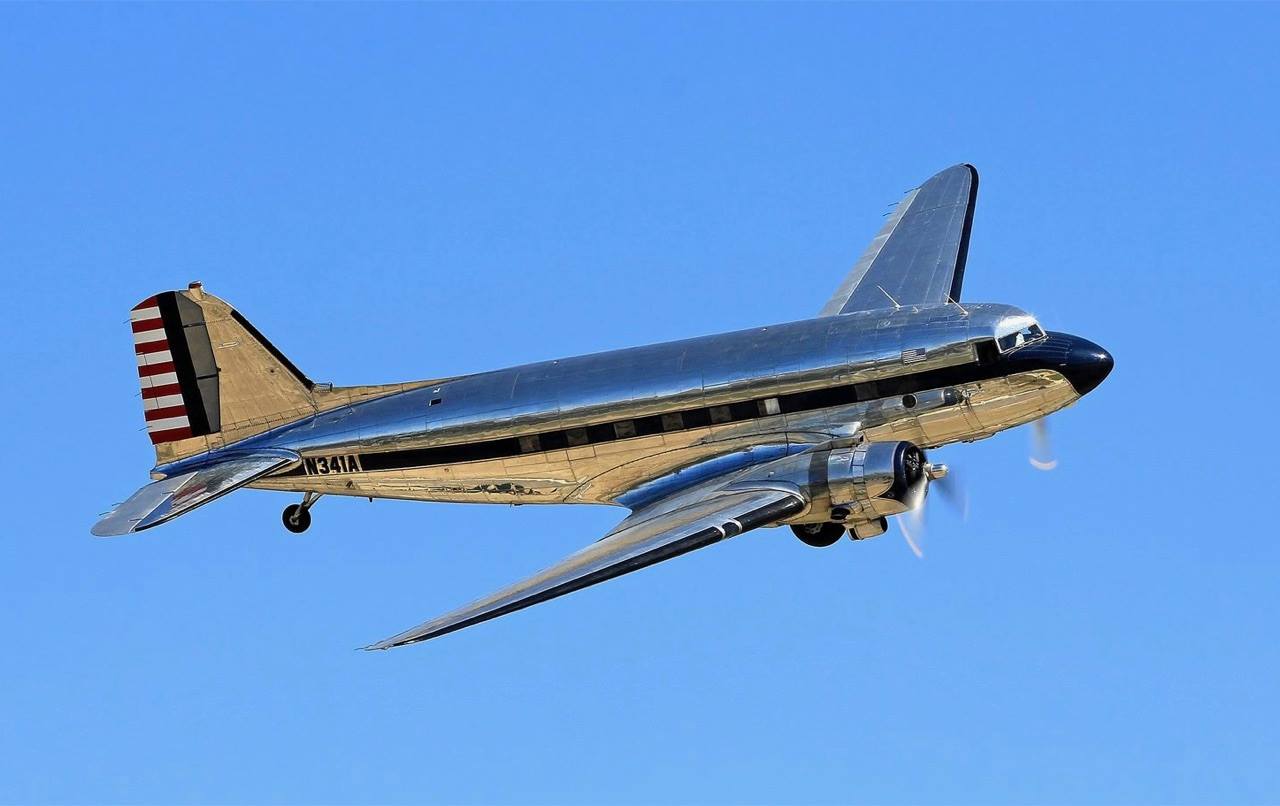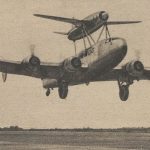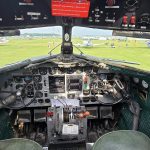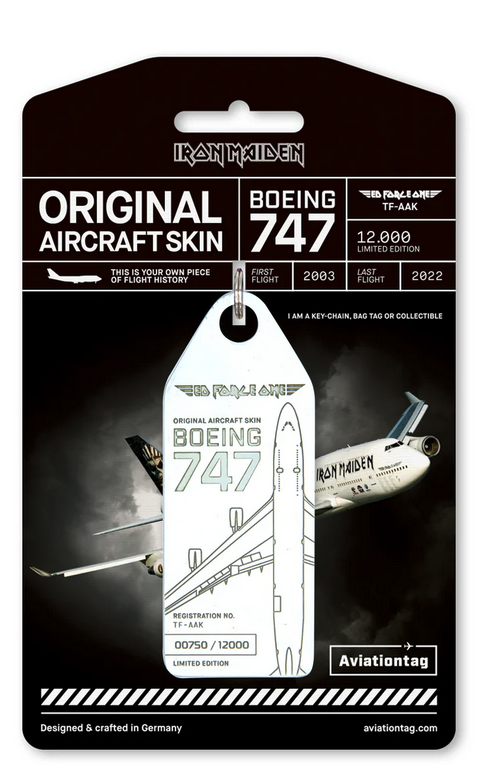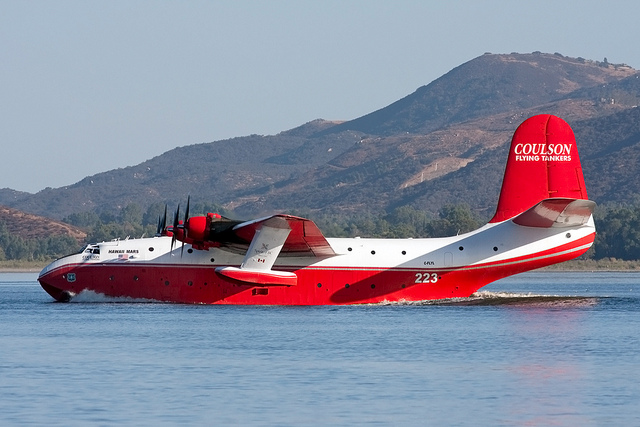By Kevin Wilkins
In a remarkable series of remotely operated vehicle (ROV) dives on April 19 and 20, 2025, NOAA Ocean Exploration and partners aboard the NOAA Ship Okeanos Explorer explored the wreck of the USS Yorktown (CV-5), resting more than three miles beneath the Pacific Ocean near Midway Atoll. These non-invasive dives marked the first detailed survey of the aircraft carrier’s hangar deck, yielding new insights into one of the most pivotal warships of World War II.

A view of the hand-painted mural “A Chart of the Cruises of the USS Yorktown” inside the ship’s #2 elevator shaft, captured during the April 19, 2025 dive of the Papahānaumokuākea ROV and Mapping expedition. Image courtesy of NOAA Ocean Exploration, 2025 Beyond the Blue.
Originally discovered in 1998 by renowned oceanographer Dr. Robert Ballard—famed for locating the Titanic—in collaboration with the U.S. Navy and the National Geographic Society, the Yorktown was found upright and astonishingly well-preserved at extreme depth. Since then, the site has been revisited by several scientific missions, including a 2023 characterization effort by Ocean Exploration Trust aboard E/V Nautilus. The 2025 mission built on those earlier efforts, delivering new revelations while raising fresh questions for historians and marine archaeologists alike.

The USS Yorktown (CV-5) played a central role in early Pacific campaigns before being fatally damaged during the Battle of Midway in June 1942. Though crew and support ships tried valiantly to save her after a brief repair at Pearl Harbor, the carrier ultimately succumbed to a Japanese submarine attack. Her loss was mourned deeply—but her name would live on.

Shortly after CV-5’s sinking, a new Essex-class carrier under construction was renamed Yorktown (CV-10) in her honor. Originally to be christened Bon Homme Richard, CV-10 became the tenth aircraft carrier commissioned into the U.S. Navy. Today, she serves as a museum ship at Patriots Point in South Carolina, preserving the legacy of both namesakes for future generations.

The 2025 expedition offered several surprises. During a dive on April 19, ROV cameras captured the first-ever full view of a long-rumored mural inside the ship’s #2 elevator shaft. Titled “A Chart of the Cruises of the USS Yorktown,” the hand-painted artwork spans roughly 42 feet by 12 feet and depicts a world map chronicling the vessel’s wartime voyages—testament to the pride and camaraderie of her crew.

Perhaps the most unexpected find came in the form of a vehicle. Researchers identified what appears to be a 1940–41 Ford Super Deluxe ‘Woody’ station wagon inside the aft hangar deck. Bearing faint markings of naval service, the car may have been used by high-ranking officers like Rear Admiral Frank Jack Fletcher or Captain Elliott Buckmaster. Why the vehicle remained aboard—despite a known threat of combat and efforts to lighten the ship’s load—remains an intriguing mystery.

During the April 20 dive of the Papahānaumokuākea ROV and Mapping expedition, an automobile—likely a 1940–41 Ford Super Deluxe ‘Woody’—was imaged inside the hangar deck of USS Yorktown. Notable features include rectangular rear windows, chrome fender trim, a split windshield, parking lights positioned above the headlights, and a chrome front bumper. Image courtesy of NOAA Ocean Exploration, 2025 Beyond the Blue.
Another historic event that first occurred on April 20 was the discovery of aircraft wreckage from the Battle of Midway battlefield. Within the hangar, the team spotted at least three Douglas SBD Dauntless dive bombers. One aircraft lay inverted with a bomb still secured in its cradle, while another—bearing the marking “B5”—is believed to be BuNo 4581, an Enterprise-based aircraft that landed on Yorktown after its original carrier was hit. These findings, supported by research from Russ Matthews of the Air/Sea Heritage Foundation, represent the first aircraft located on the Midway seafloor—underscoring the air-sea nature of the battle that changed the tide of the Pacific War.


NOAA’s remotely operated vehicle Deep Discoverer surveys the wreckage of a Douglas SBD Dauntless dive bomber, stored in the hangar deck of USS Yorktown before the carrier was lost during the Battle of Midway. Image courtesy of NOAA Ocean Exploration, 2025 Beyond the Blue expedition.
These operations were made possible by the combined efforts of numerous organizations, including the Global Foundation for Ocean Exploration, NOAA’s Office of Marine and Aircraft Operations, Naval History and Heritage Command, Ocean Exploration Trust, the Defense POW/MIA Accounting Agency, and others.
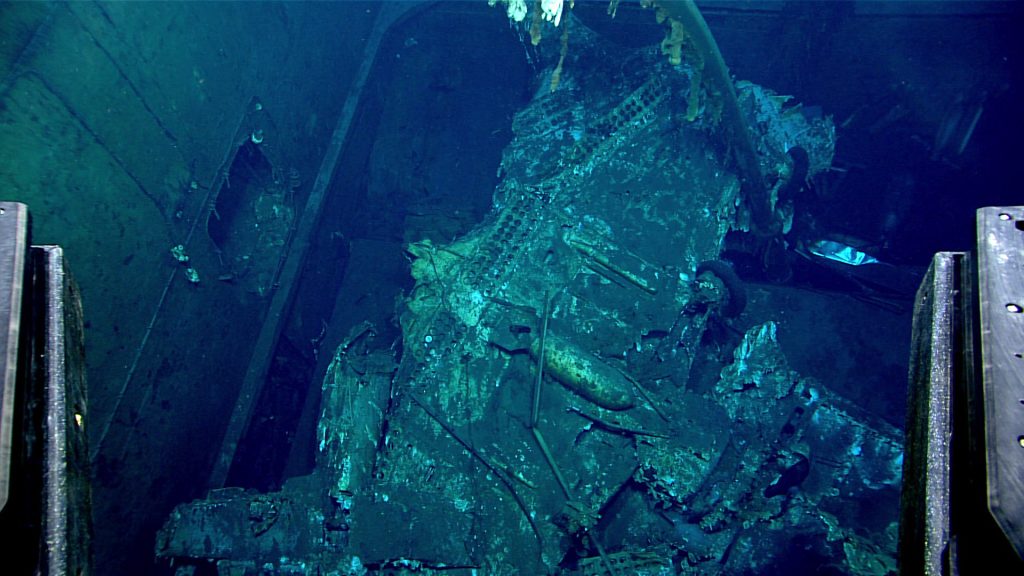
Importantly, the Yorktown wreck is a U.S. Navy-protected sunken military craft and the final resting place for hundreds of sailors who gave their lives in defense of the nation. In recognition of its historical and cultural significance, the Navy designated the site a “Site of Extraordinary Character” in 2023. This mission echoes the spirit of previous discoveries—such as the Paul G. Allen-led 2018 expedition that located the sunken USS Lexington and her aircraft—as chronicled by Vintage Aviation News. Each dive deepens our understanding of World War II naval history and preserves the legacy of the men and machines that shaped its outcome.




